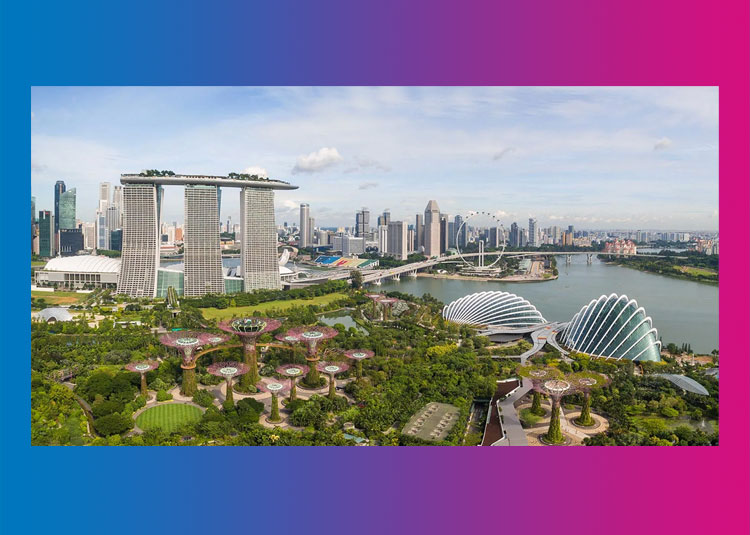
Registration open: “Dredging for Sustainable Infrastructure” course: 18-20 November, Singapore
This 2.5-day course is organised with the support of DHI. Site visit included! IADC, CEDA, PIANC and IAPH members can participate in the course at a special rate.
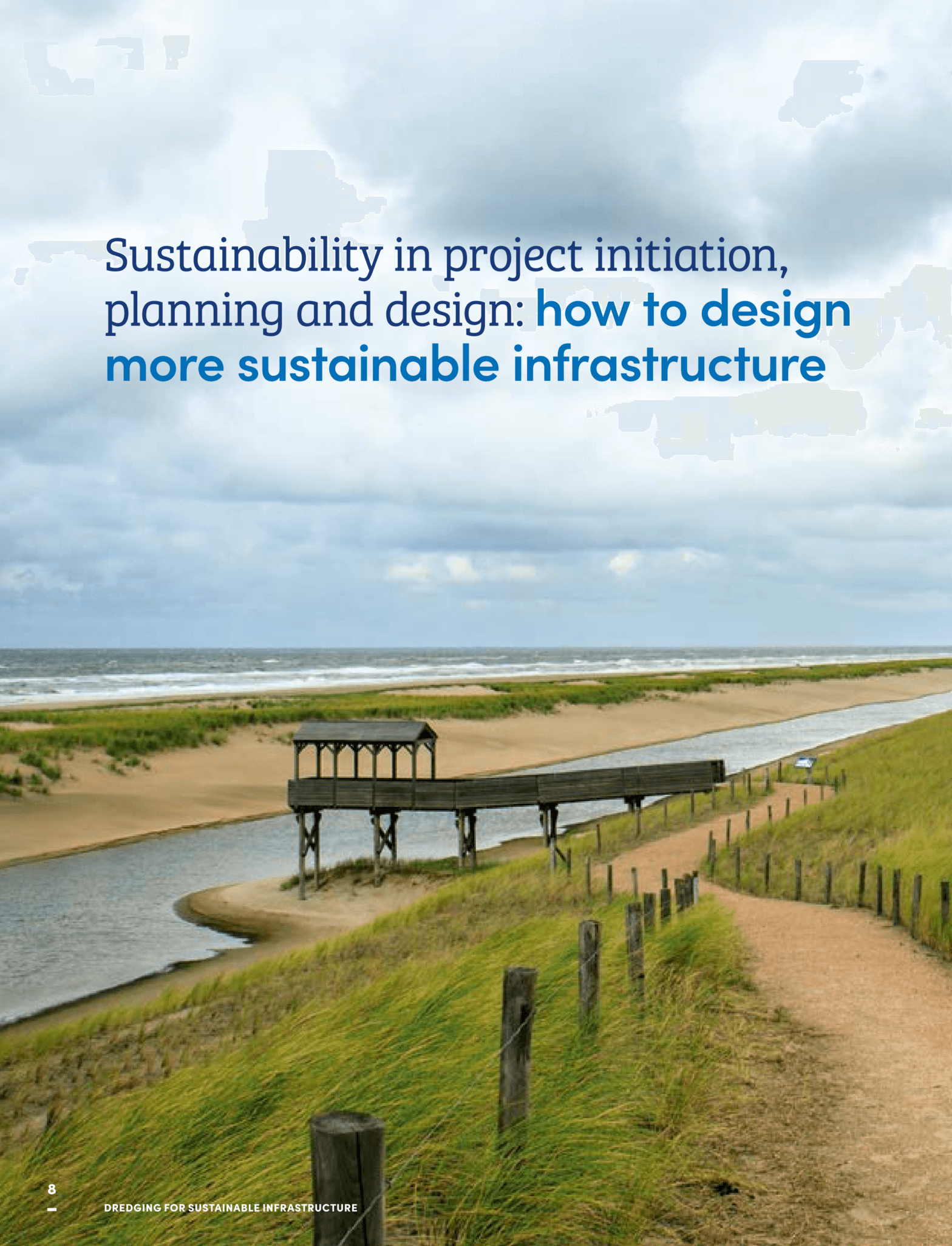
Sustainability in project initiation, planning and design: how to design more sustainable infrastructure
In the first DFSI Magazine, the concept of sustainability in relation to dredging projects was explained. How to integrate this concept in project design is the focus of this article, adapted from the third chapter of Dredging for Sustainable Infrastructure (2018), and provides the theme for this issue.
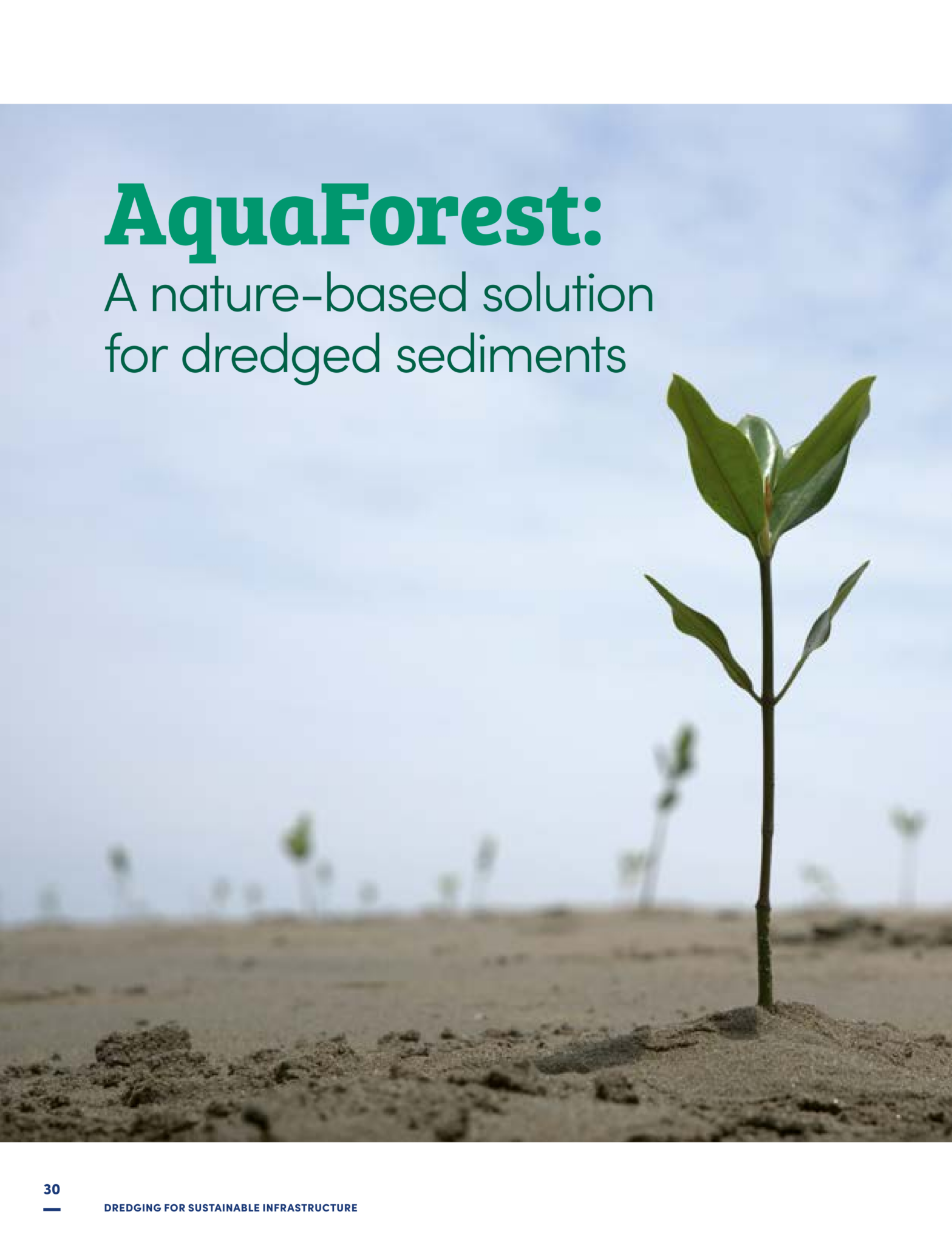
AquaForest: A nature-based solution for dredged sediments
AquaForest is a demonstration project led by Jan De Nul showcasing a green-grey approach, where dredged sediments are being reused to create 50 hectares of mangrove habitat in the Guayas Delta, Ecuador. The project aimed to advance knowledge on the conceptual design and eco-engineering approaches of mangrove habitats, while strengthening local engagement and generating diversified income opportunities for local communities. A new mangrove island was built in the end of 2024 and is currently being monitored to quantify the provision of ecosystem services over time with the aim of future upscaling of this type of nature-based solutions.

TALKING HEADS
Alex Hekman, NL2120 and René Vrugt, Ministry of Infrastructure and Water Management discuss the necessity for a complete approach aimed at sustainable and climate-proof use of land and water systems.

Don’t forget to register for the “Dredging for Sustainable Infrastructure” course in Copenhagen!
This 2.5-day course is organised with the support of DHI. Site visit included! IADC, CEDA, PIANC and IAPH members can participate in the course at a special rate.
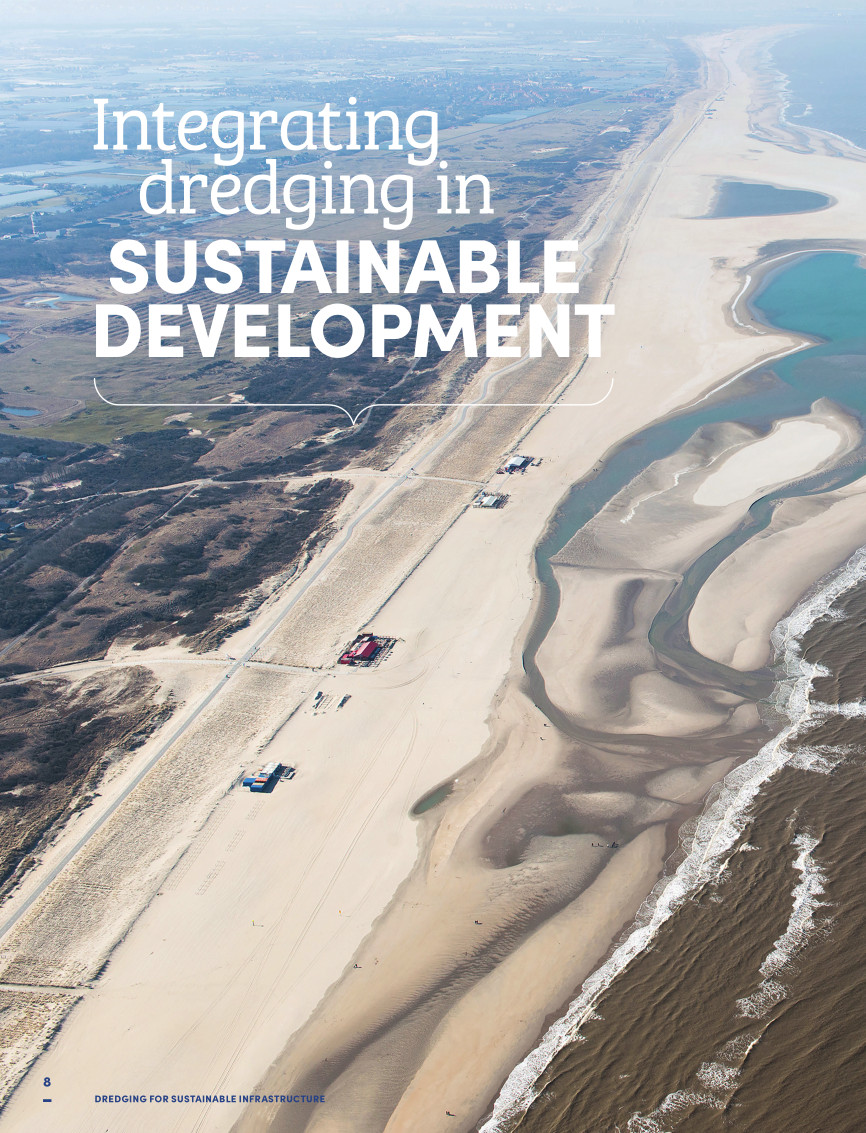
INTEGRATING DREDGING IN SUSTAINABLE DEVELOPMENT
Adapted from the second chapter of Dredging for Sustainable Infrastructure (2018), this article forms the foundation for this first issue and presents the concept of sustainability in relation to dredging projects. It describes the approaches and practices that are key to creating more sustainable solutions and infrastructure – a modern way of thinking about dredging.
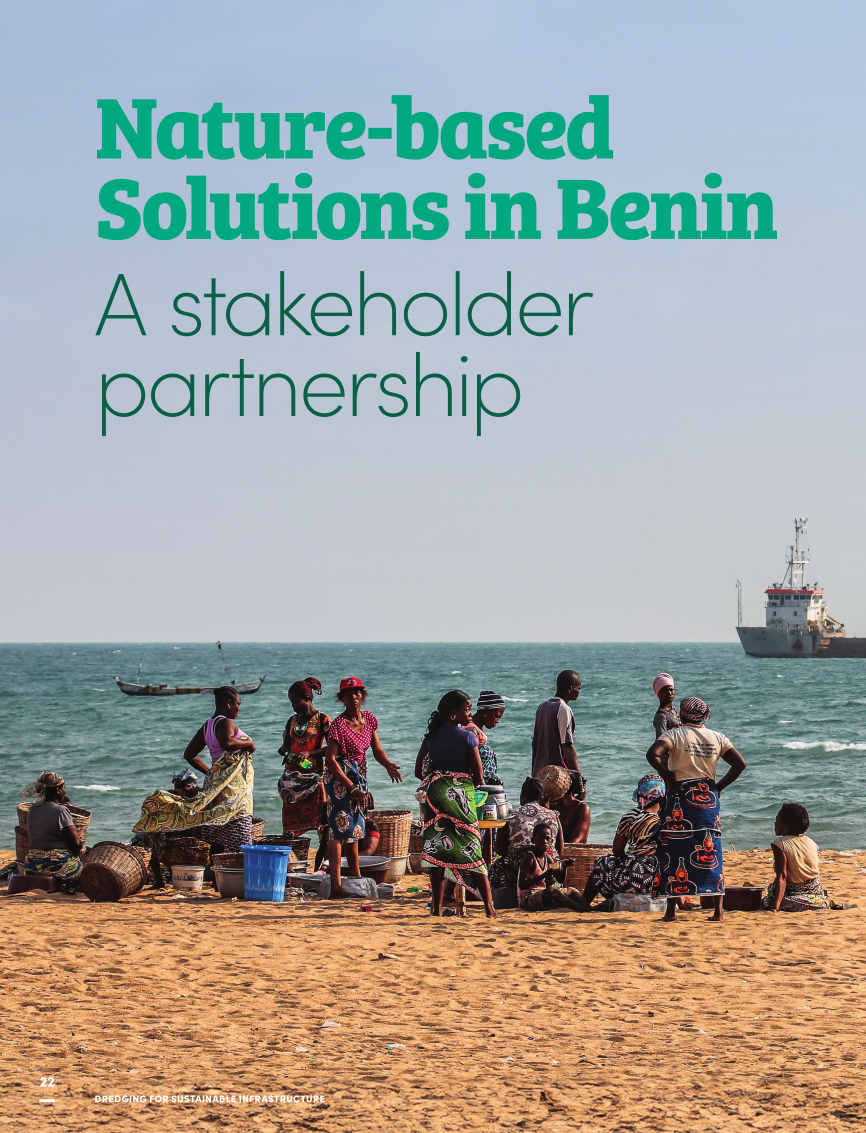
NATURE-BASED SOLUTIONS IN BENIN
In early 2018, the Government of the Republic of Benin awarded Jan De Nul a design and build contract to protect a 5-kilometre-long stretch of coastline near the town of Avlékété. The project fits into the government’s plan to turn the local coastal zone, which includes a lagoon, sandspit and beaches, into tourist hotspots. Yet the persistent oceanic swell and chronic erosion required an intervention. This is the perfect starting point for a nature- based structure that offers multiple ecosystem services. Its long-term effectiveness, however, hinges on the support of its end users. Stakeholder engagement was therefore central to the project.
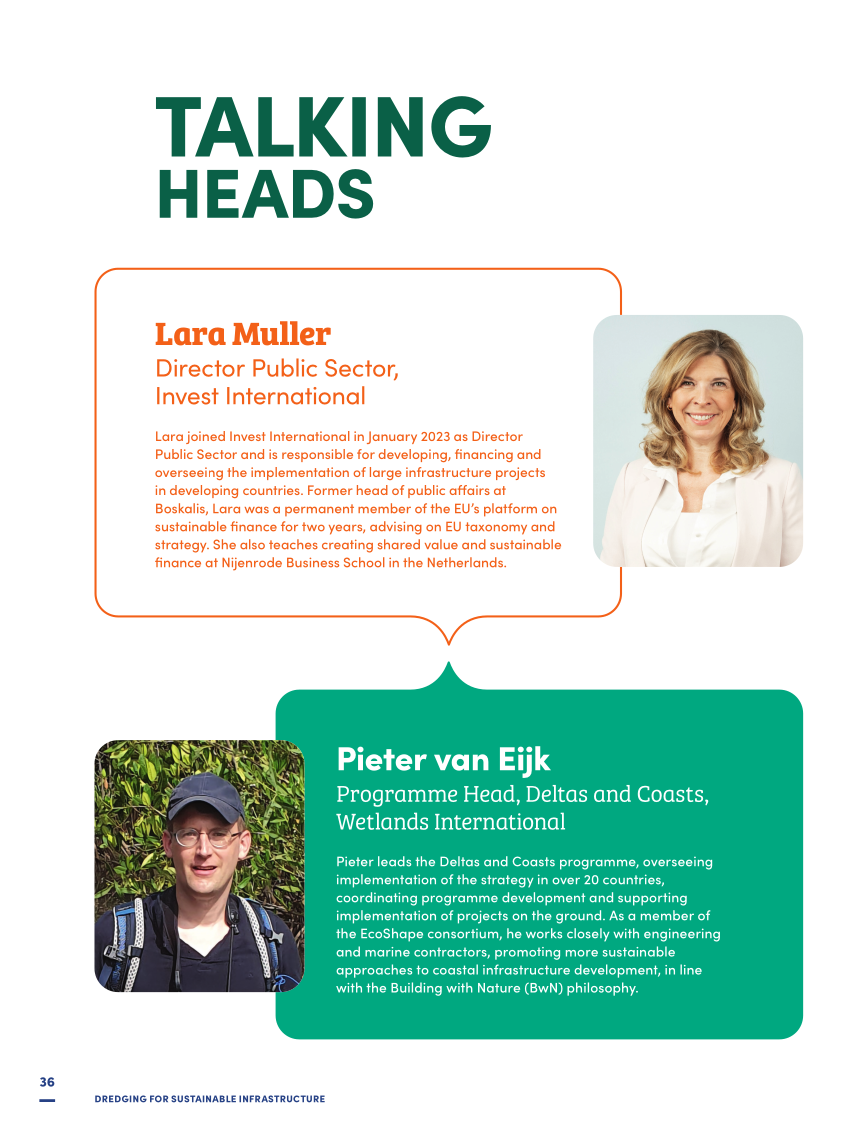
TALKING HEADS
Lara Muller (Invest International) and Pieter van Eijk (Wetlands International), discuss the role investors and NGOs can play in driving demand for nature-based solutions.

